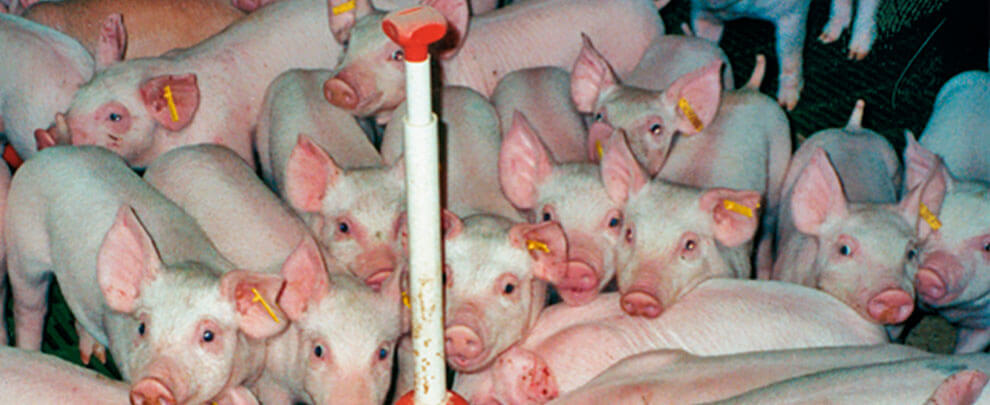Blog
Blog

Pig Facts: 10 curiosities about these animals
02nd April 2020 - News
After centuries domesticating pigs to use their meat for human consumption, there are many prejudices that society still has towards these animals, such as the fact that they are considered dirty, which smell bad or eat a lot, many of which are very far from reality. For this reason, in this publication we have set out to capture 10 curiosities that break with many of the prejudices that we have.
- They don't sweat: Pigs don't have sweat glands, so they don't sweat, and one of the ways they have to cool off during the hottest days of the year is by covering themselves with mud.
- They are clean: Pigs are clean animals as long as conditions are provided. When they are covered in mud it is to cool off or to protect themselves from flies and parasites.
- They are not good eaters: By nature, pigs eat very little. It has been the intervention of human being who, in order to achieve a faster growth in his production, have been selecting the most gluttonous over time.
- They are intelligent animals: Experts assure that it is easier to train a pig than a dog or a cat, because they have more developed intelligence. On the other hand, they have the ability to remember and memorize things. If they are named, they easily respond when called.
- Good sense of smell: Pigs have a highly developed sense of smell, which is why they are often used to look for truffles, a very precious tuber with high gastronomic value.
- It is one of the most common mammals on our planet: There is approximately one pig in the World for every six human beings.
- They cannot look at the sky: Pigs cannot look up, since the shape of their necks prevents them from making that movement.
- They have their own language: It is calculated that pigs can make up to 20 sounds that, for them, have different meanings.
- They have social levels: The day to day with the pigs shows that they establish hierarchies, social classes, to differentiate between them.
- They can live up to 15 years: The life expectancy of pigs is approximately 15 years.






